User research is an integral part of the UX design process. It provides insight into your users’ needs and behaviors, so that you can create better products and experiences for them.
There are many types of user research, but it’s important to know what they are and how they’re used to make better UX decisions. In this article, I will discuss different types of user research that I like to conduct, and their pros and cons, so that you can choose which one is best for your project!
This article is a continuation of my last article about the importance of proper UX and user research and an excerpt from my upcoming book about CRO and UX design!
The importance of conducting thorough user research before designing a product or service is widely recognized, but it’s important to know what types of research will be most helpful for your project. Below I will discuss some top UX research methods and their respective pros and cons, so that you can make the best decisions for your project!
So let’s get right to it. Here are some methods I like to apply while doing UX research and the benefits of applying them to your processes.
Market insights are the most common type of user research because it’s necessary to know what your competitors are doing to stay ahead. This is also crucial for learning about any new trends that may not have been popularized yet, so you can start incorporating them into your design before everyone else does!
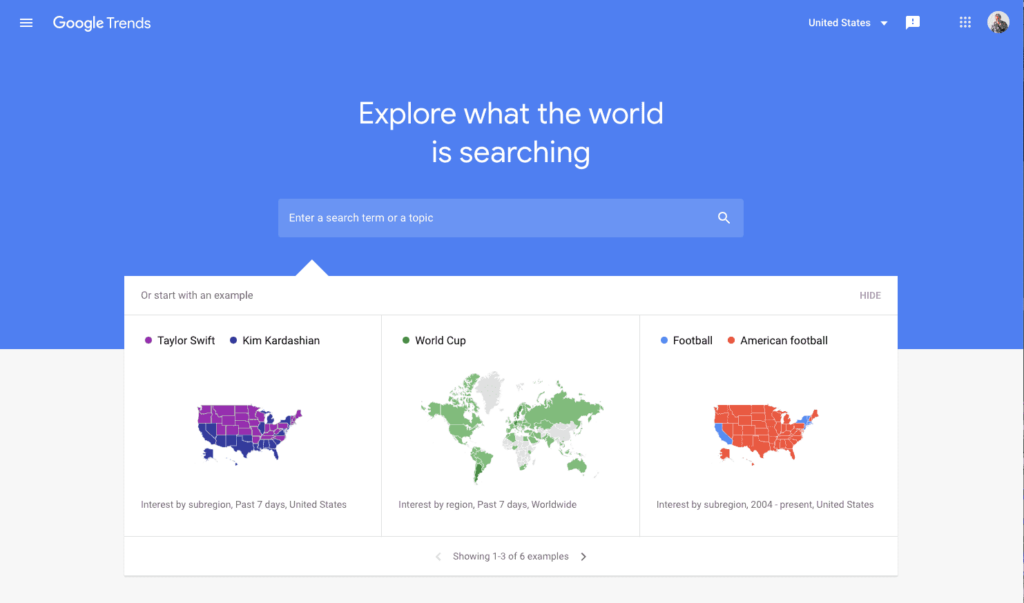
Businesses can use various analyzing methods, including competitive intelligence and market analysis to get a headstart to their quantitative research. The former is conducted by reviewing competitors’ website analytics, like page views or conversion rates, while the latter can be done on social media platforms where customers post their latest purchases with hashtags like #OOTD (Outfit Of The Day). This will give an idea of what type of customer they target and how well it works for them!
Market insight is essential to UX research because it provides valuable information on competitive intelligence, explores new trends before the competition, and helps to stay ahead of competitors.
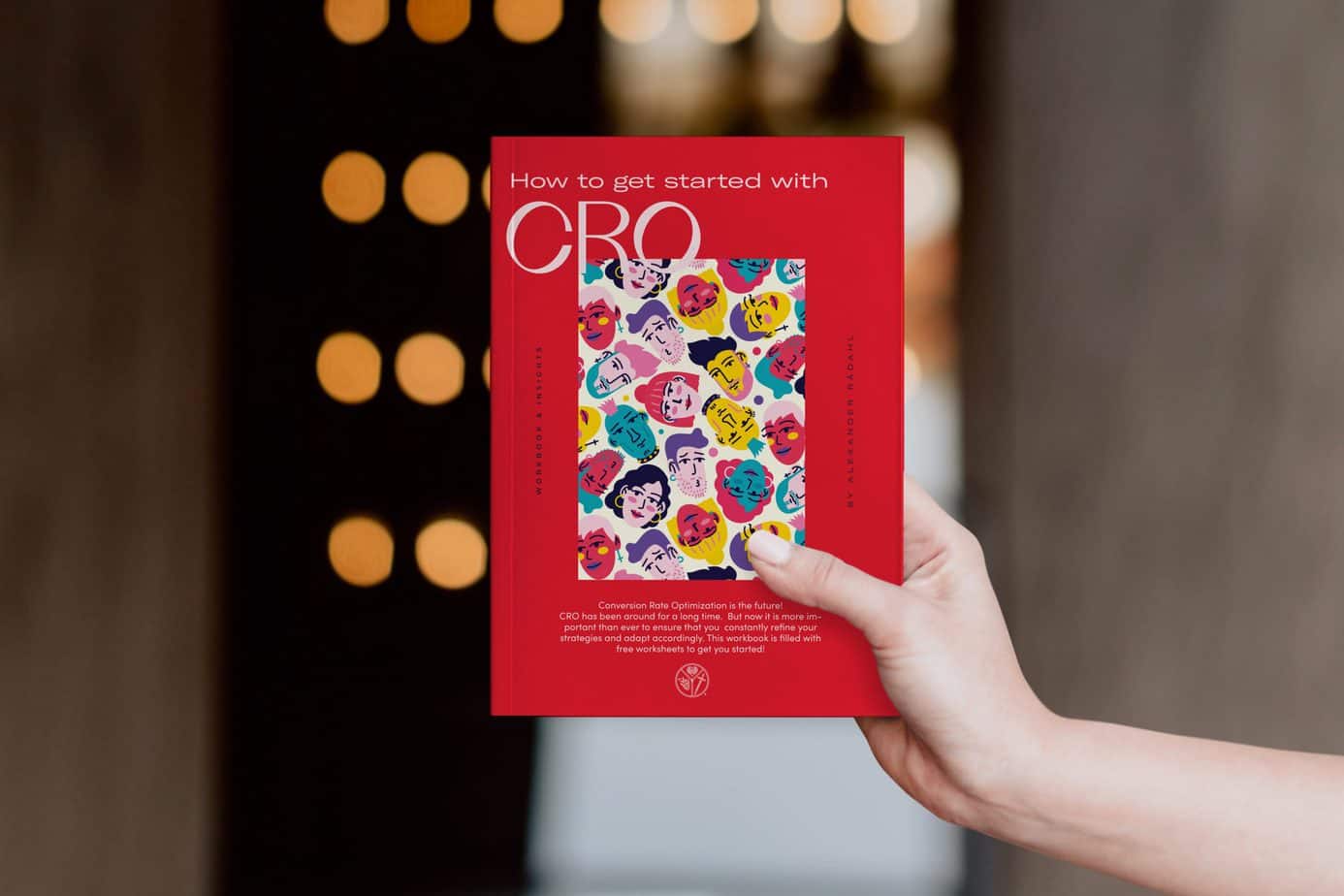
Personas are another type of UX research used when working on a new product or improving upon a current one. They can be fictional or real, usually determined by the designer based on their own experiences and knowledge.
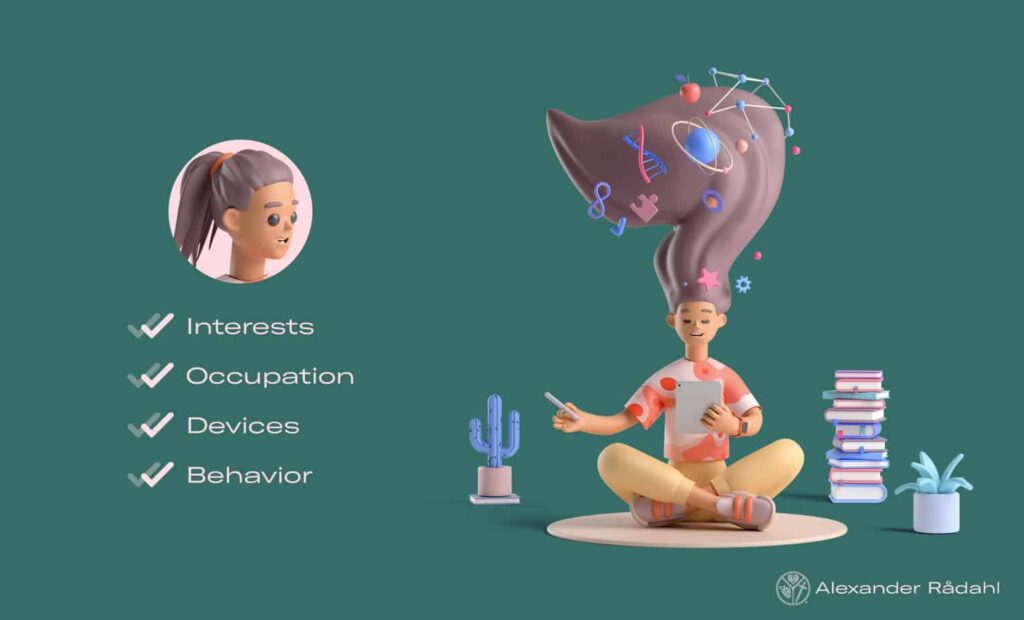
These help better understand your user because they’re typically made up of information gathered through interviews, surveys, focus groups, observations, and contextual inquiry. It’s important to note that you should never only rely on one or two personas because they may not represent the entire group.
Personas are an excellent user research method because they allow users to be understood and for the product to be made with empathy, which will lead to a better user experience. I always use this as a key component in my design methodology.
The best way to find flaws in your product is through usability testing. This type of UX research allows you to determine whether people can easily use it, what steps they take when using the app or site, if there’s confusion about crucial features like contrast and readability. Testing for weaknesses before launching will help ensure a solid customer experience on your website/mobile application!
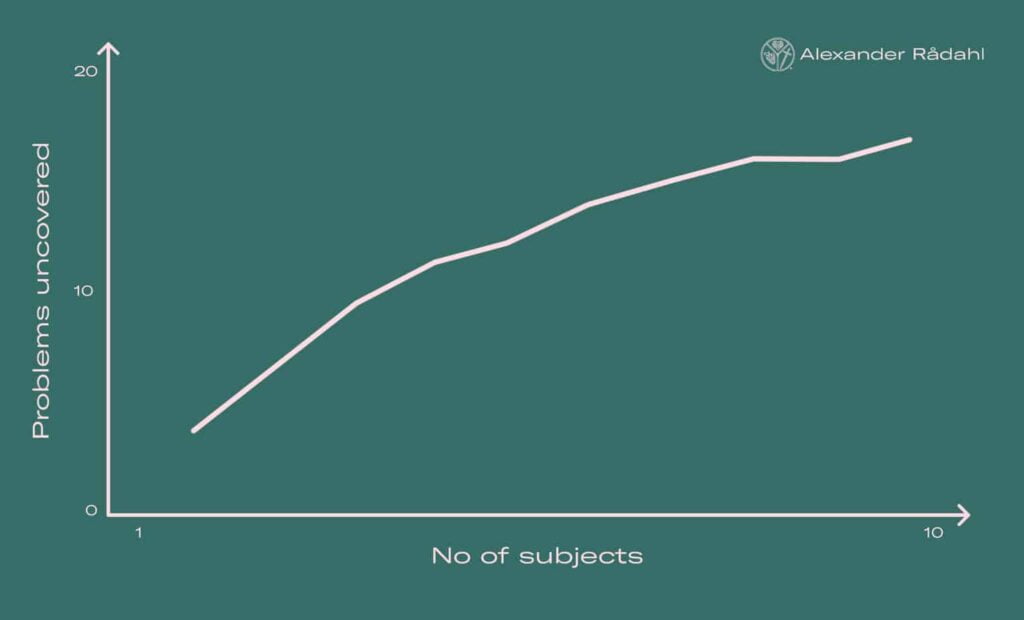
Usability testing is a vital tool for any UX professional. Jakob Nielsen developed the technique of 5-person usability tests and argues that once one or two people are totally confused by the prototype design, little can be achieved by testing more subjects who struggle with an imperfect design.
“Elaborate usability tests are a waste of resources. The best results come from testing no more than five users and running as many small tests as you can afford.” says Jakob Nielsen.
Nielsen’s point is that testing with five users, solving the problems they discover, and then testing it in a different group of five, is better than running a usability test on 10. In practice, these tests are carried out once or twice a week during development, when three to five people are tested each round and results are delivered within 24 hours, so you can identify any problems before you implement them. He also states the number of users tested within one project can range from 40 to over 100. Research shows that user tests carried out by organizations most commonly involve recruiting 5–10 participants.
We rely on usability testing to find flaws in our product before it’s launched. This will help ensure a solid customer experience in the product you launch.
Prototypes allow users to grasp an idea in its most basic form before investing resources into building something that might be too complicated or not what they wanted.
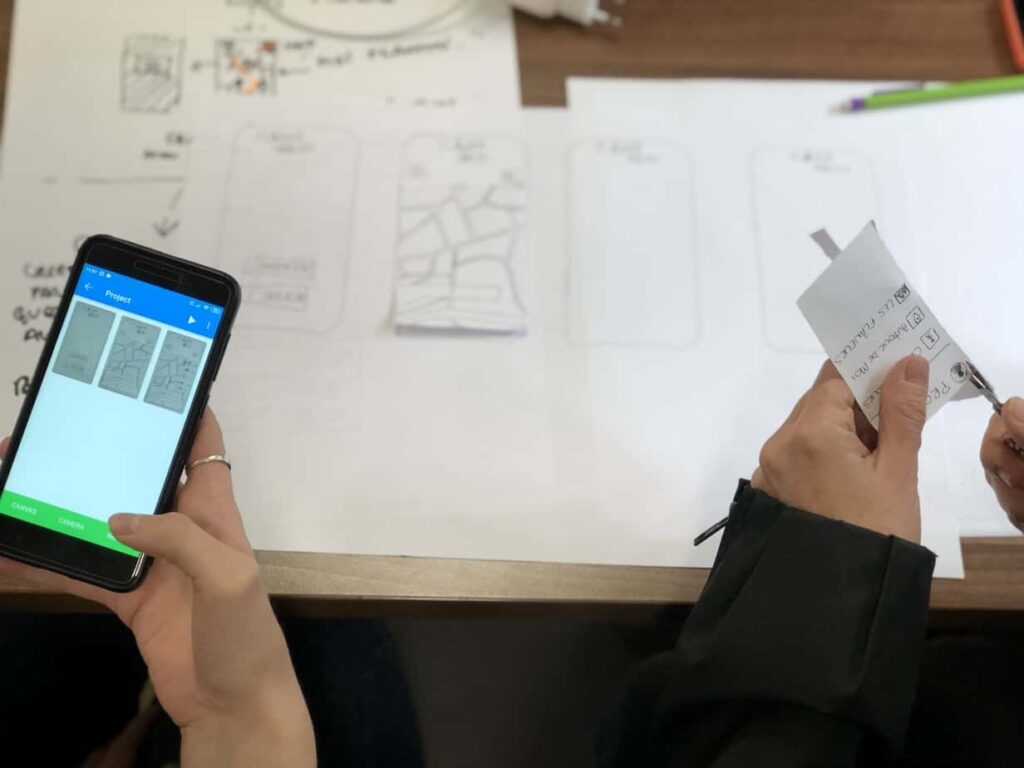
You can easily create a prototype with paper, pen, and other tools for early testing. This is one of the best UX research methods because it’s quick and easy to make prototypes!
Prototyping is one of the best UX research methods because it’s rapid, painless, and inexpensive. This will allow your customers to help shape your product without spending significant money or time upfront. Ideal for pre-launch testing so that you can optimize the success of your product at launch!
This type of UX research tests whether your product meets user needs, which is essential when designing any digital product and belongs in the category of feedback methodologies in the design process.

User testing can show you if any features are lacking that need added, and more by letting people use products with varying levels of expertise so you know who your target audience should be. This method differs from Usability Testing in that User Testing focuses more on the features and how they work.
User testing helps ensure your product meets user needs. This will allow you to design a simple yet intuitive product that consumers can use easily!
User interviews are one of the most trusted research methods in UX and are one of the most commonly used observation techniques (at least in my arsenal of research tools).

These sessions with actual customers help designers and developers understand what users want and add to your qualitative research, so it’s essential to connect with a diverse group if you’re going for feedback on your product or service.
User interviews are an excellent way to understand what your users want and need. They are a fantastic, affordable way to go about getting feedback on your product or service.
A survey can be used for many purposes, but one of the most popular is to collect data. There are two types: closed-ended and open-ended surveys.

Closed-ended questions generate data for quantitative research that will help back up your idea or decisions, while an open question generates data for qualitative research, which provides more detail without being biased by answers given when you ask a direct question about a topic.
A standard tool in UX research design is to survey people’s thoughts on topics including functionality, usability, etc., using qualitative and quantitative methods depending on what information needs to be collected from participants. I would also say that surveys also belongs in the category of feedback methodologies in the design process.
User tests are one of the best methods for getting feedback on your product or service in a fast and cost-effective way.
UX research methods can be complicated, but focus groups are an excellent way to get feedback on your products. They’re like surveys in that they allow you to ask specific questions and collect data, with the added benefit of meeting people’s reactions for qualitative information.
The focus group is an excellent way to get feedback on your products. It’s like a survey, but with more qualitative information, and it lets you communicate directly with the potential customers.
Many people use this research method, but it could be a game-changer. This involves talking to customers about their experience with your product and how they use it in different contexts — this will give you an idea of the challenges users face while using your product.
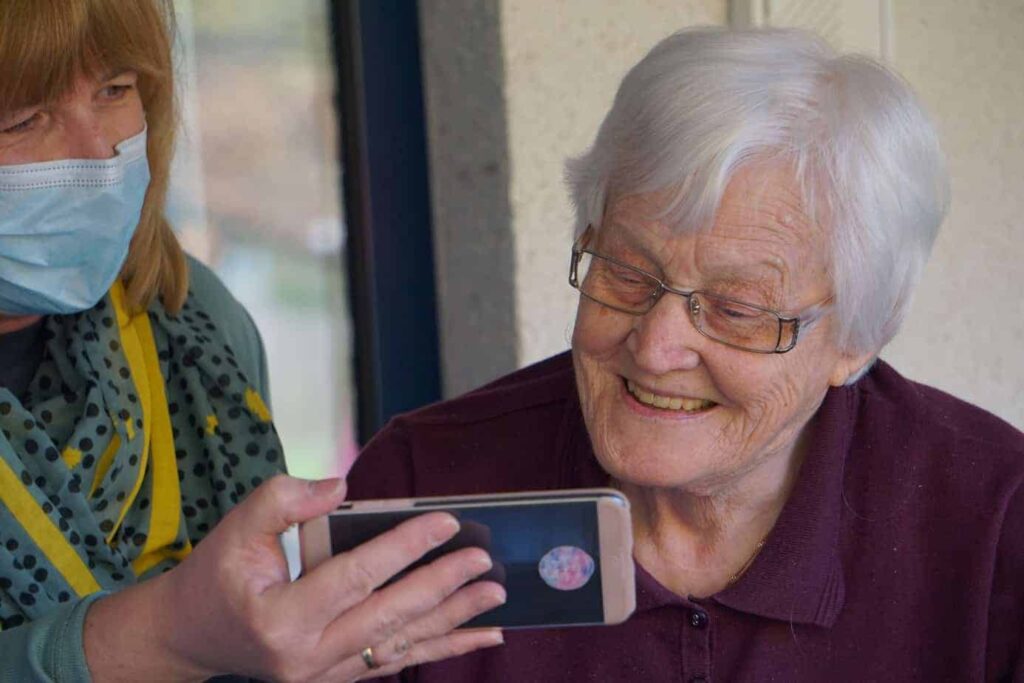
Combining this with focus groups and user testing can provide them excellent insights into what’s most important!
Contextual Inquiry is an excellent way to get an insider’s perspective of user experience
Does your design research need a fresh coat of paint? If you want to learn how to conduct UX research, the best place to start is with WHY, WHAT, and WHO.

Why are you conducting this study? What do you or your team hope for from the end-users perspective, and what will be their goal after completing it all — these answers give directions for everything that comes next in a compelling user experience analysis.
It’s easy to get carried away when you’re excited about a project. Many designers underestimate the importance of conducting research. They jump into designing wireframes and prototypes without ever talking to potential users or researching their target audience’s wants and needs. The best way to make your product desired by people is with some good old-fashioned market research!
We have talked a lot about how to conduct UX research, but the real key is in knowing what kind of action plan you need to do thorough user research to create both a beautiful design and a great user experience. Why? We want a balance between qualitative and quantitative research: one that will ensure we have enough data for both strategy and execution while also bridging any gaps from our target users on all sides.
This information should help guide decisions on how to conduct UX research.
In conclusion, it’s important to conduct user research and have a structured plan with an end goal in mind. Conducting this type of UX research can help you create a better product for your target audience by understanding their wants and needs before designing the final product or wasting time on something that could be avoided at the beginning of any project. The key to conducting UX is getting answers as quickly as possible so you know who will use your prototype, what features the end-user really wants — and thus where the design team should focus its efforts from day one!
The process will appear differently based on the case, the team, and how you like to work. But using the example above and the tools provided in the last article, you have a head start in how to conduct UX research.
Conducting UX research is more than simply asking customers what they want and then giving it to them. You need to know where their needs are, why they have those needs, how often these problems occur, if the problem has been solved before, and really get a deep understanding of the user behaviors.

The process will appear differently based on the case, the team, and how you like to work. But using the example above and the tools provided in the last article, you have a head start in how to conduct UX research.
Moving forward, I would recommend you take some time to think about your own goals for conducting UX research. What do you hope to learn? How can design decisions affect your study? Who is your target audience? What would be your first steps in conducting the research?
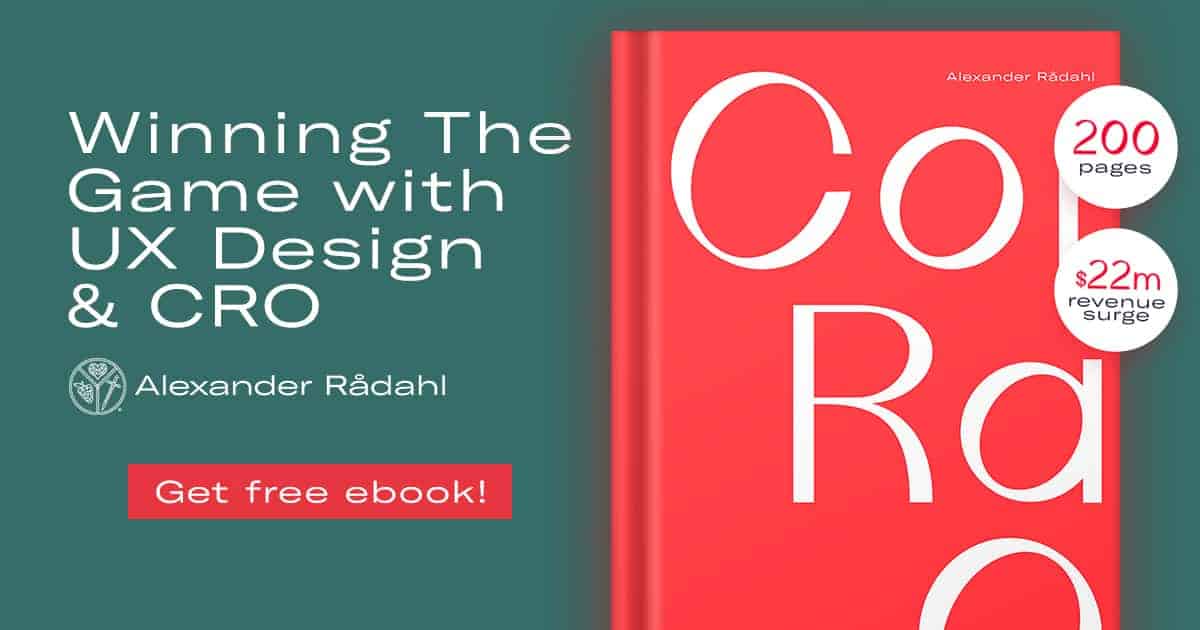
I’m currently working on my book on the subject of CRO and UX, and how they complete each other for a better user experience. This book is for the aspiring UX designer who wants to learn more about CRO and help them in their everyday design work. It’s packed with real-life examples, case studies from Silicon Valley companies, and tips on applying this knowledge to your projects.
You can sign up for my newsletter here to get the latest updates and a heads-up when it comes out for pre-order on Amazon.
You can also find me on Twitter, Instagram, and LinkedIn to continue the discussion! (or even email me)